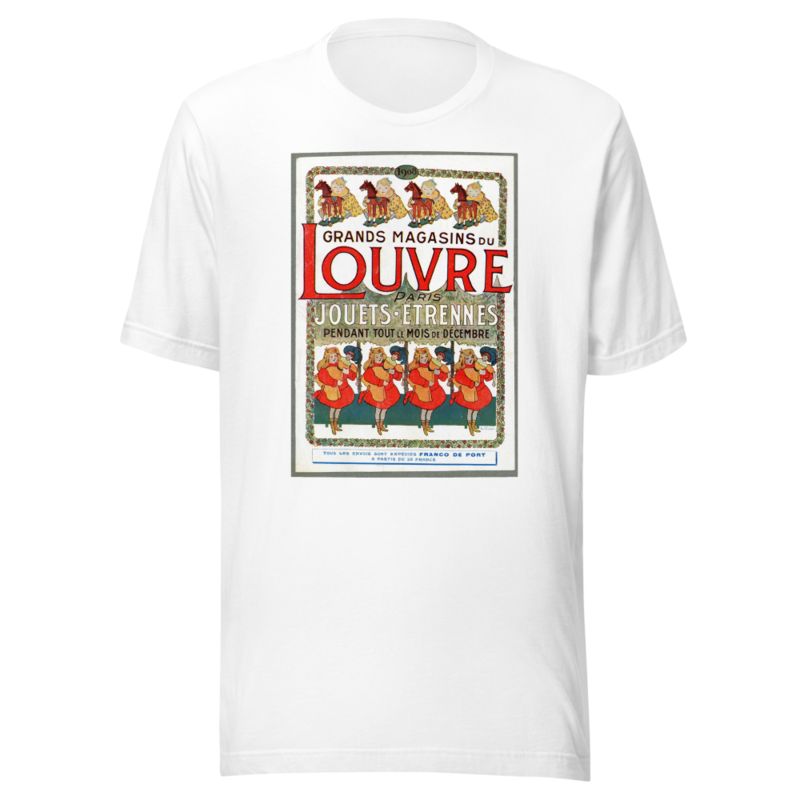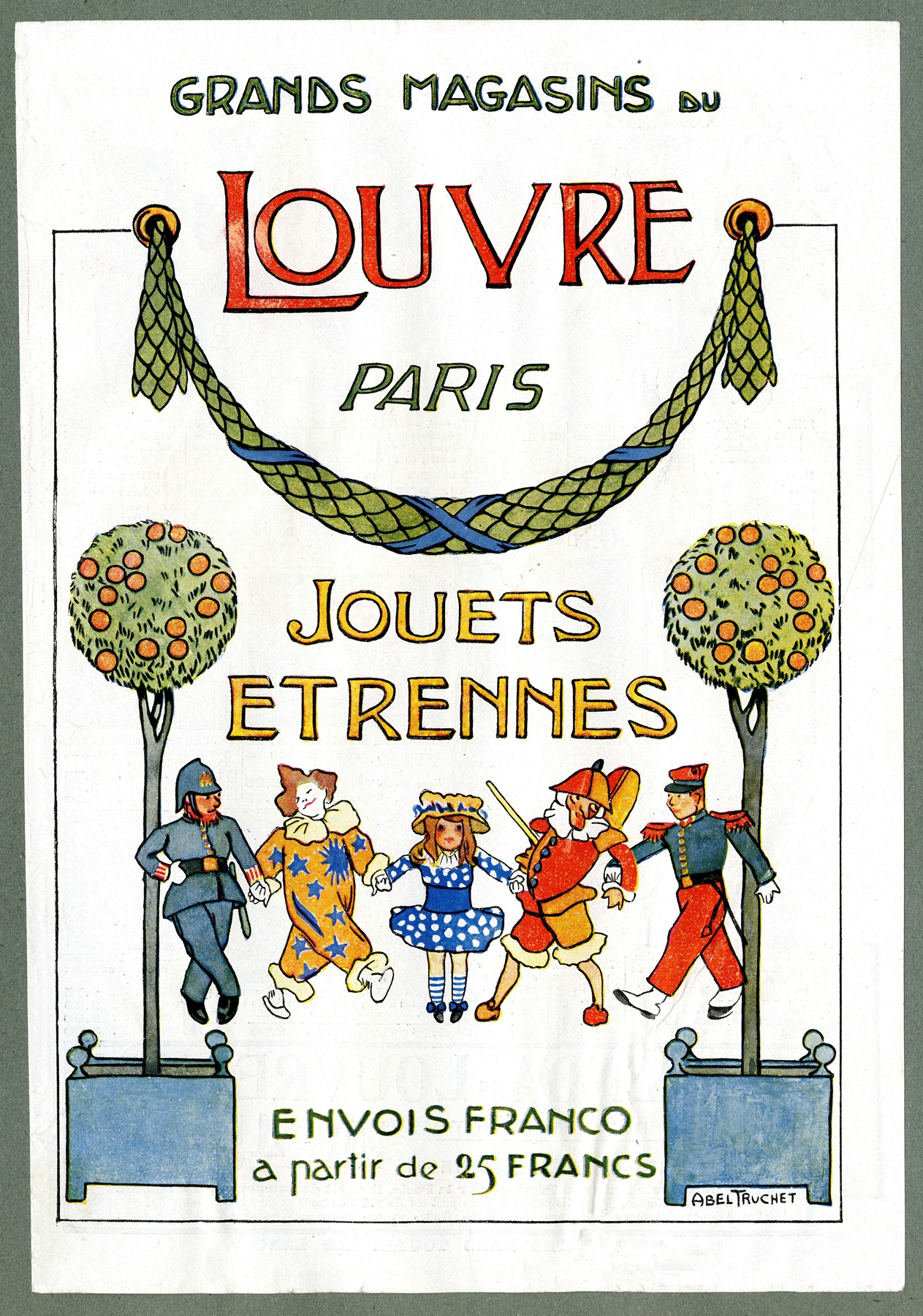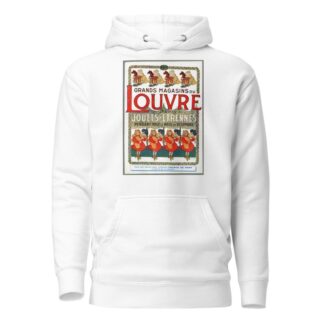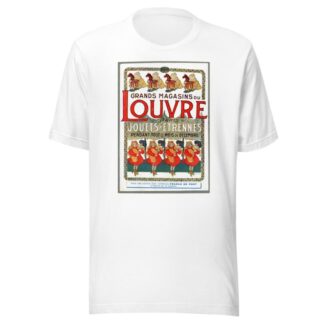Description
Jouets, étrennes by Louis Abel-Truchet printed on a T-Shirt
About the T-Shirt
Regular fit
Standard length, the fabric easily gives into movement
Casual wear
A classic, everyday option loved by our customers
Side-seamed
Constructed by sewing two parts together, creating a fitted look
The Unisex Staple T-Shirt feels soft and light with just the right amount of stretch. It’s comfortable and flattering for all. We can’t compliment this shirt enough–it’s one of our crowd favorites, and it’s sure to be your next favorite too!
- Solid colors are 100% Airlume combed and ring-spun cotton
- Ash color is 99% combed and ring-spun cotton, 1% polyester
- Heather colors are 52% combed and ring-spun cotton, 48% polyester
- Athletic and Black Heather are 90% combed and ring-spun cotton, 10% polyester
- Heather Prism colors are 99% combed and ring-spun cotton, 1% polyester
- Fabric weight: 4.2 oz./yd.² (142 g/m²)
- Pre-shrunk fabric
- 30 singles
- Side-seamed construction
- Tear-away label
- Shoulder-to-shoulder taping
- Blank product sourced from Nicaragua, Mexico, Honduras, or the US
Louis Abel-Truchet (1857-1918)
Louis Abel-Truchet was a French painter and poster artist. He was known for landscapes, genre scenes and depictions of Parisian nightlife.
He was a student of Jean-Joseph Benjamin-Constant and Jules Lefebvre at the Académie Julian. His first exhibition came in 1891. He was one of the first exhibitors at the Salon d’Automne in 1903. He and Louis Vallet [fr] created the “Société des humoristes” in 1907.
In 1910, he became a member of the Société Nationale des Beaux-Arts. The following year, he was named a Knight in the Legion of Honor.
In addition to his artistic works, he created designs for public festivities, notably the satirical Vachalcades [fr] of 1896 and 1897; designing floats for the Cabaret des Quat’z’Arts.
During World War I, he served as a volunteer with the rank of Lieutenant in the 1er régiment du génie [fr] (Engineering). The army made use of his skills as a painter by appointing him as an assistant to Guirand de Scevola, head of the newly created Camouflage Division. He initially worked in Paris, helping to organize the central workshop. During this time, he continued to work as an artist, drawing caricatures for Le Petit Journal.
Shortly before the end of the war, he was wounded and died at a military hospital in Auxerre. In 1919, his works were part of an exhibit at the Salon d’Automne, honoring artists who had died in the war.
After his death, his widow, the painter Julia Abel-Truchet [fr], took over his workshop in Montmartre and became a portrait painter.
A street in the 17th arrondissement of Paris is named after him.






Reviews
There are no reviews yet.